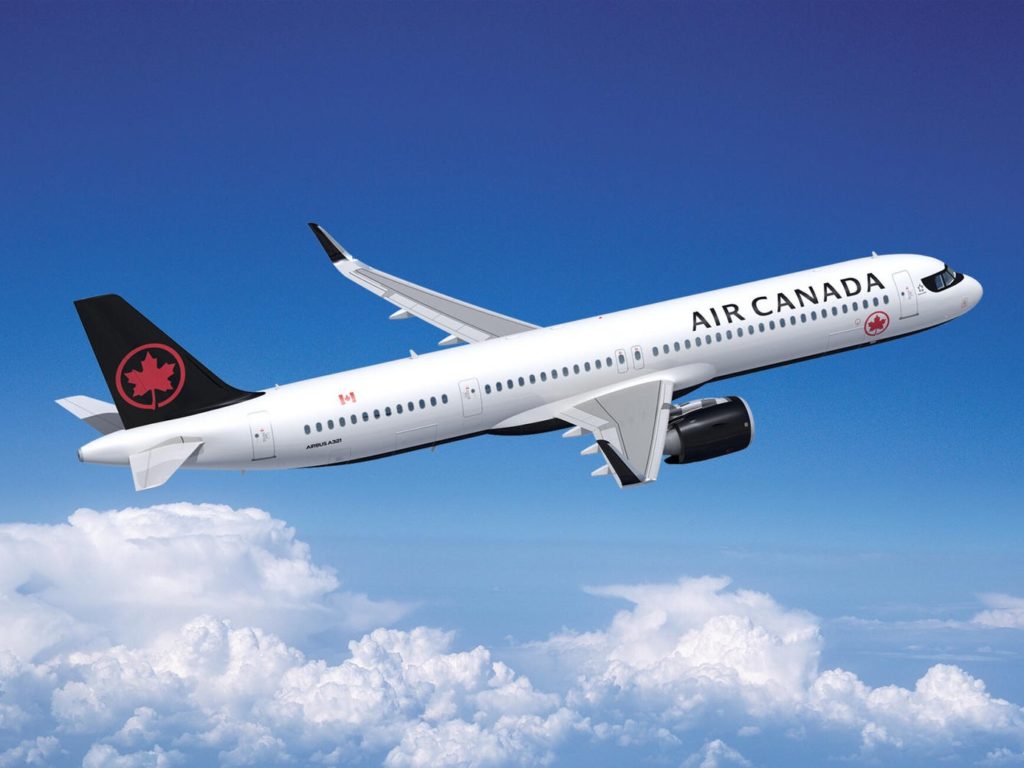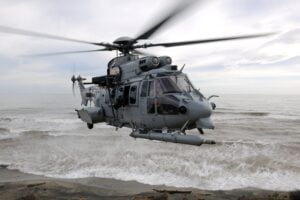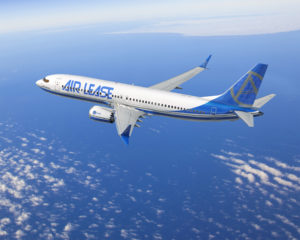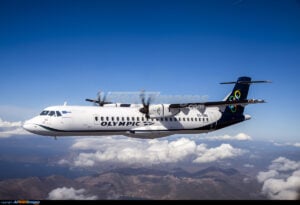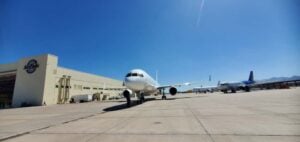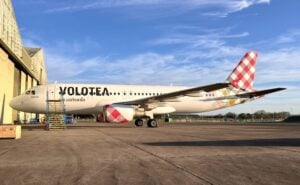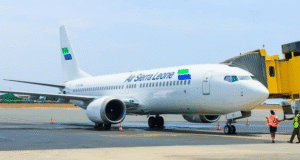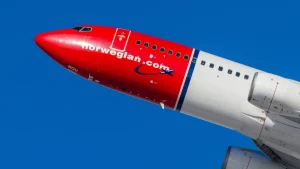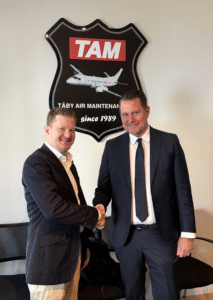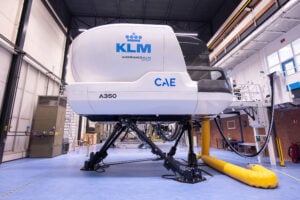Air Canada’s network planning team is eagerly awaiting the arrival of its first Airbus A321XLR. The aircraft will open new markets and reshape the airline’s medium-haul international network. For years, the team has been studying data to decide where this new aircraft can have the greatest impact. With the first delivery approaching, those plans are finally becoming reality.
Alexandre Lefevre, Vice President of Network Planning – North America and Scheduling, said the A321XLR marks a turning point for the airline. “Next year we’re finally going to get our hands on that new aircraft,” he explained. “It’s going to open up a range of new possibilities, new routes, and new markets for Air Canada. We’re really excited. It’s a big deal for us and will herald a new era of international growth.”
The A321XLR, or extra-long-range model, represents a major step in Air Canada’s fleet modernisation. It combines fuel efficiency with impressive range, allowing direct flights to destinations that were previously beyond the reach of narrowbody aircraft. The first aircraft is due to arrive in 2026. Testing and certification will take place in the early months of that year, and the aircraft is expected to enter full commercial service by the summer.
Air Canada has already announced the first new route to use the A321XLR. From June 2026, the airline will launch flights from Montréal to Palma de Mallorca, a Spanish island in the Mediterranean. This marks the beginning of a new phase of network growth. The aircraft will also appear on routes from Montréal to Toulouse, Dublin, and Edinburgh next summer, offering passengers more choice and convenience.
With the A321XLR, Air Canada is positioning itself for sustainable growth and greater flexibility in its international operations. The aircraft’s efficiency and range will enable the airline to expand confidently into new markets while strengthening its transatlantic presence.

